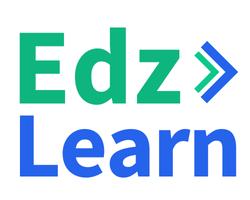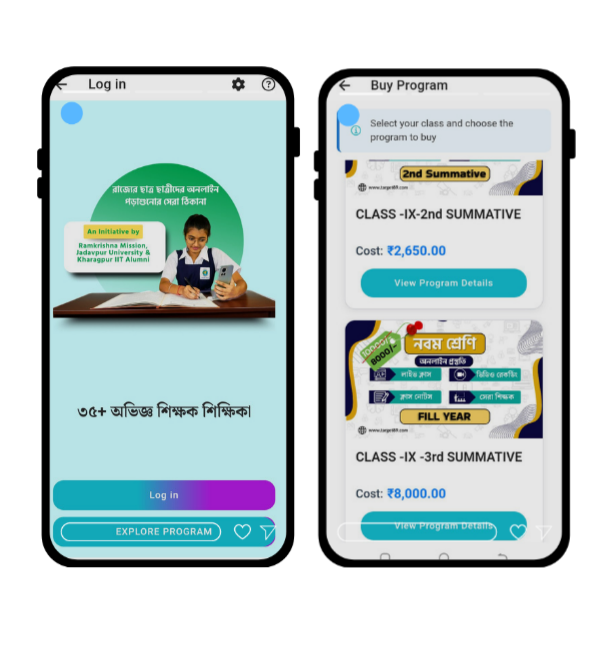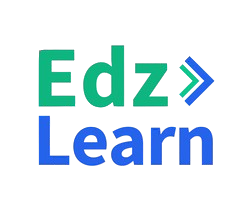LMS Integration : In today’s dynamic educational and corporate training landscapes, efficiency and adaptability are paramount. A Learning Management System (LMS) equipped with robust integration capabilities serves as a central hub, connecting various tools and platforms to streamline learning processes and enhance user experiences.
Understanding LMS Integration
LMS integration refers to the seamless connection between your LMS and other software systems within your organization’s ecosystem. This connectivity allows for the automatic exchange of data, reducing manual tasks and ensuring consistency across platforms. Whether it’s syncing with Human Resource Information Systems (HRIS), Customer Relationship Management (CRM) tools, or communication platforms like Zoom, integrations enable a cohesive and efficient learning environment.
Key Benefits of LMS Integration
1. Streamlined Administrative Processes
Integrating your LMS with existing systems minimizes redundant data entry. For instance, when connected to an HRIS, employee information is automatically updated in the LMS, ensuring accurate and up-to-date records without manual intervention.
2. Personalized Learning Experiences
By leveraging data from integrated systems, the LMS can offer tailored learning paths. For example, performance metrics from a CRM can inform the LMS to assign specific training modules to sales personnel, enhancing their skills where needed.
3. Enhanced Reporting and Analytics
Integrated systems provide a holistic view of learner progress and organizational training effectiveness. Combining data from various platforms allows for comprehensive analytics, aiding in strategic decision-making and identifying areas for improvement.
4. Improved User Engagement
A unified system reduces the need for users to navigate multiple platforms. With single sign-on (SSO) capabilities and centralized access to resources, learners can focus more on their development rather than managing multiple logins and interfaces.
Real-World Applications of LMS Integration
- HRIS Integration: Automatically enroll new employees into onboarding courses, track compliance training, and update learning records in real-time.
- CRM Integration: Align training modules with customer feedback and sales performance data to enhance client interactions.
- Communication Tools Integration: Schedule and manage virtual training sessions through platforms like Zoom directly from the LMS, with features like attendance tracking and session recording.
Best Practices for Effective LMS Integration
- Assess Organizational Needs: Identify which systems would benefit most from integration with your LMS.
- Ensure Data Security: Implement robust security measures to protect sensitive information during data exchange between systems.
- Choose Scalable Solutions: Opt for integrations that can adapt to your organization’s growth and evolving technological landscape.
- Provide Training: Educate staff on the functionalities and benefits of integrated systems to maximize utilization and efficiency.
Conclusion
Integrating your LMS with other organizational systems is not just a technological upgrade—it’s a strategic move towards a more efficient, personalized, and effective learning environment. By breaking down silos and fostering seamless communication between platforms, LMS integration empowers organizations to deliver impactful training experiences that align with their goals and drive continuous improvement.
This Blog is Written By Ritika Saxena,
Content Writer and Social Media Manager At
Edzlearn Services PVT LTD.
For More Information Connect With Her on Linkedin : https://www.linkedin.com/in/ritika-saxena0355/
Read our Recent Blogs: https://edzlms.com/blogs/
Download our Recent Case Study: https://edzlms.com/case-study/
For anything related to LMS, feel free to reach out or book an appointment at : https://calendly.com/edzlms/30min.














